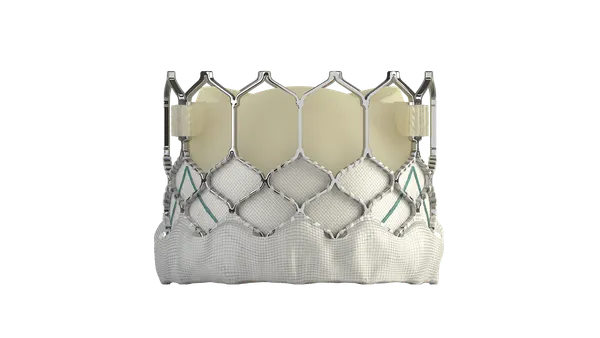Dive Brief:
- Contego Medical said it received FDA 510(k) clearance for a balloon angioplasty device that incorporates a filter to prevent blood clots in patients undergoing procedures for peripheral artery disease.
- The Vanguard IEP system includes a peripheral angioplasty balloon and a distal embolic filter on the same catheter.
- The Raleigh, North Carolina-based medical device maker said the device is designed for use in patients at high risk for embolization during peripheral angioplasty, which is a minimally invasive, catheter-based procedure to open blocked blood vessels that supply blood to the legs.
Dive Insight:
One in every 20 Americans over the age of 50, or eight to 12 million people, has peripheral artery disease (PAD), according to the National Institutes of Health. It occurs when cholesterol and other fats circulating in the blood collect in the walls of the arteries that supply blood to the limbs. The buildup, called plaque, narrows the arteries and can reduce or block the flow of blood.
Angioplasty uses a tiny medical balloon to widen blocked arteries. The balloon is advanced to the blockage via catheter and then inflated, pushing the plaque against the artery wall to widen the vessel’s opening.
A number of medical device makers compete in the peripheral angioplasty space, including Medtronic, Boston Scientific, Abbott, Cardinal Health, Angiodynamics, Braun, Cook Medical and C.R. Bard, which was acquired last year by Becton Dickinson.
Contego Medical looks to distinguish itself from the pack with its system that includes a distal embolic filter on the same catheter as the angioplasty balloon. The company said the filter is the first that can be adjusted for varying vessel sizes to maximize its efficiency in capturing clots. It is designed for patients with high-risk conditions such as acute limb ischemia, severe calcification and chronic total occlusions.
"Securing FDA clearance for Vanguard IEP represents a major milestone for Contego Medical," Contego CEO Ravish Sachar, said in a press release. "As the patient population with peripheral arterial disease continues to expand and become more complex, we believe our technology will play a critical role in protecting vulnerable patients from embolic events and thus improve procedural outcomes."
The device was evaluated in a 112-patient postmarket registry in Europe, and 100% of patients met primary safety and efficacy endpoints at discharge and 30 days, Contego said.










